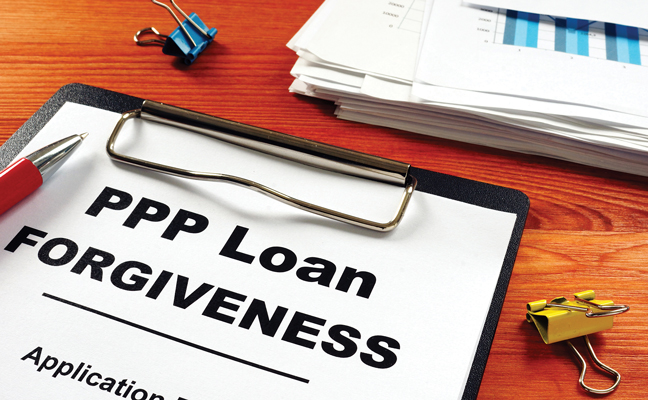
PHOTO: DESIGNER491/ISTOCK / GETTY IMAGES PLUS/GETTY IMAGES
Many of our friends and clients who received a Paycheck Protection Program (PPP) loan under the Coronavirus Aid, Relief, and Economic Security (CARES) Act have hired us to determine if and how they will qualify for PPP loan forgiveness. At this writing, there is still uncertainty over some of the program details, and many pest management professionals (PMPs) are concerned about meeting the “maximizing loan forgiveness” requirements.
While everyone wants a definitive answer as to how much of their loan will be forgiven, the best strategy right now is to develop an estimate based on the information you have. If you don’t achieve 100 percent forgiveness, you may be able to utilize alternative periods and other input data in the coming months to increase that forgiveness amount.
As the rules evolve, following is a summary of some of the changes made to the program:
- Lengthening the covered period from eight to 24 weeks, so borrowers have more time to use their PPP funds for qualified expenses. Existing PPP borrowers can still elect to have an eight-week covered period.
- Extending the loan term to five years for all new loans (those received June 5, 2020, or later). Existing PPP loans keep their two-year term unless the bank and the borrower mutually agree to change the term to five years.
- Revising the 75/25 payroll/non-payroll costs requirement to a 60/40 threshold.
- Deferring loan payments until the U.S. Small Business Administration (SBA) remits the forgiveness amount to the lender bank, or informs the bank that the loan may not have forgiveness. For borrowers who don’t apply for forgiveness, loan payments are deferred until 10 months after their covered period ends.
- Expanding the safe harbor related to reduction of employees.
While many of our friends and clients may be eager to apply for forgiveness, here are three factors affecting the forgiveness application process:
1. Organizations have 24 weeks to use their PPP money, leaving them more time to take steps that will help them qualify for full loan forgiveness. If you received your loan before June 5, 2020, you can choose either eight weeks or 24 weeks for your covered period. That increased flexibility in the time to use PPP funds can be important in maximizing loan forgiveness.
2. Payroll costs are a significant component of PPP forgiveness. Many payroll providers are developing custom reports specifically to comply with PPP guidance. However, like lenders, they are waiting on final SBA and U.S. Treasury guidance so they can prepare the PPP-compliant reports borrowers will need.
3. You aren’t required to make any loan payments before you apply for forgiveness, or until 10 months after your covered loan period ends. Because payments aren’t due yet, there is less urgency to apply for forgiveness.
The best advice we can give while waiting is to document how the loan proceeds are used. Gather documentation needed to support non-payroll costs for expenses such as mortgage interest, rent or lease payments and utilities, including account statements and other proof of payments. It’s true that the lenders may not request supporting documentation for all disbursements as part of the forgiveness application, but it’s better to be prepared.
GORDON owns PCO Bookkeepers, an accounting and consulting firm that caters to pest management professionals throughout the United States. He can be reached at dan@pcobookkeepers.com.
Leave A Comment